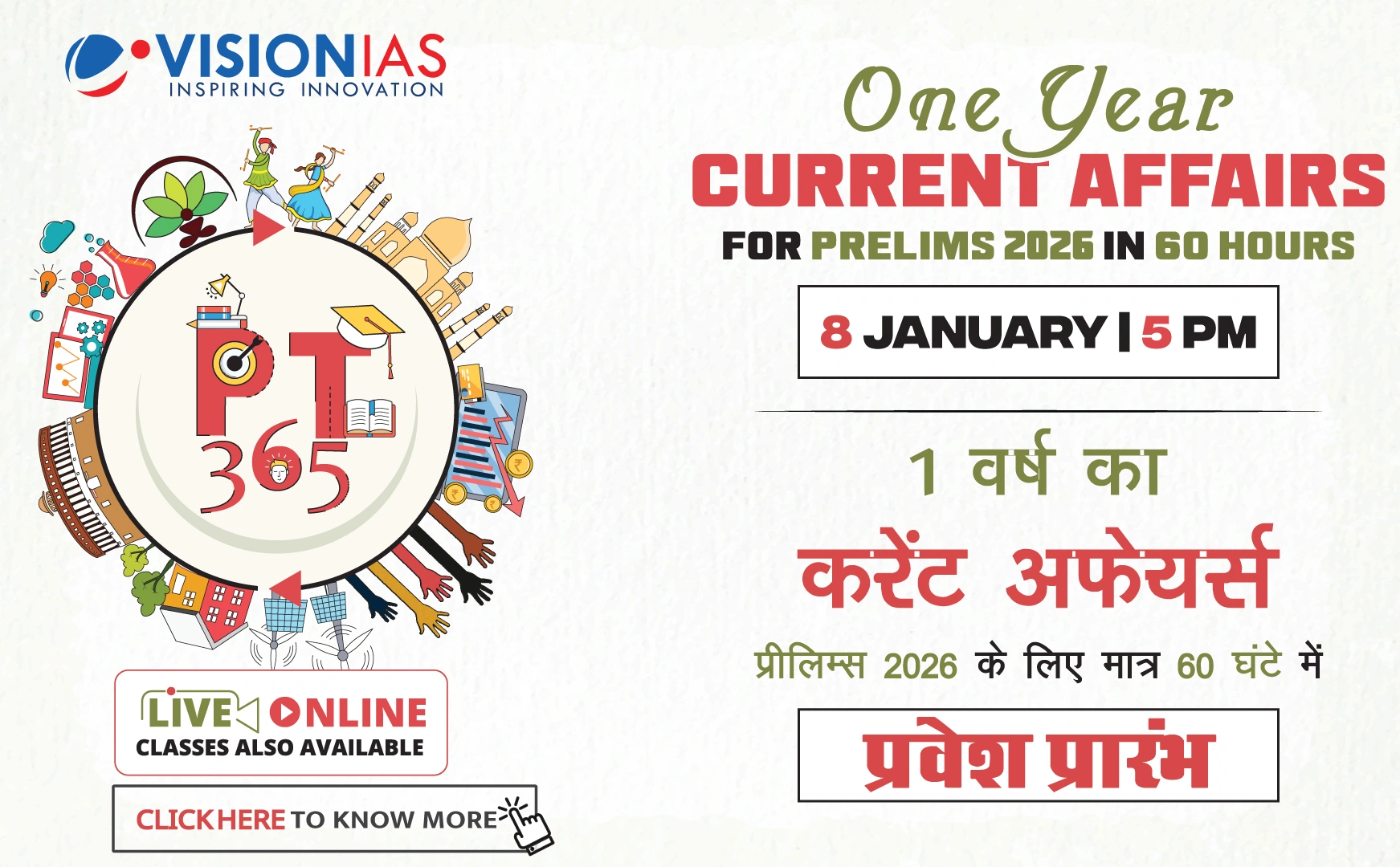Union Budget 2025-26: Key Insights and Analysis
Finance Minister Nirmala Sitharaman's Union Budget for 2025-26 attempts to achieve seemingly incompatible objectives: cutting taxes, reducing debt and deficits, and investing in growth-promoting sectors and infrastructure. This raises questions about which objectives might be compromised.
Public Capital Expenditure
- Capital Expenditure Increase: Public capital expenditure has increased significantly from Rs 3 trillion in 2019 to over Rs 11 trillion in 2024.
- Growth Dependency: If growth remains above six percent without constant capital expenditure increases, the budget assumes that the middle class's demand revival will drive growth.
Defining the Middle Class
There is ambiguity in defining the "middle class." Previous indicators such as vehicle ownership are outdated.
- Vehicle Ownership: With 280 million two- and four-wheeler vehicles, the middle class likely encompasses a significant portion of the population.
- Neo-Middle Class: The Prime Minister estimates the "neo-middle class" at around 250 million people.
- Economic Dependency: Over 800 million people receive free foodgrain, indicating significant portions remain outside the middle class.
Taxation and Growth
Tax relief should be justified by moral reasons or procedural improvements rather than as a growth-supporting mechanism due to unpredictable consequences.
- Direct Tax Base: Out of 75 million tax returns, 27 million individuals are directly affected by tax news.
- Corporate Tax Cuts: The 2019 corporate tax cut resulted in Rs 1.85 trillion income foregone but did not significantly boost investments, illustrating that tax cuts often do not promote growth effectively.
Sustainability of Growth
The sustainability of growth based on different consumer demand segments varies:
- Narrow Demand Revival: Led by the 30 million current taxpayers, this could be less sustainable.
- Broader Demand Revival: Encouraging growth from those not qualifying for free food may require different policies and investments.
Conclusion
While the budget includes promising elements like deregulation and economic openness, the focus on "middle class" tax cuts requires caution. The narrative around the middle class may dominate discussions, but it doesn't necessarily indicate effective growth restoration.



